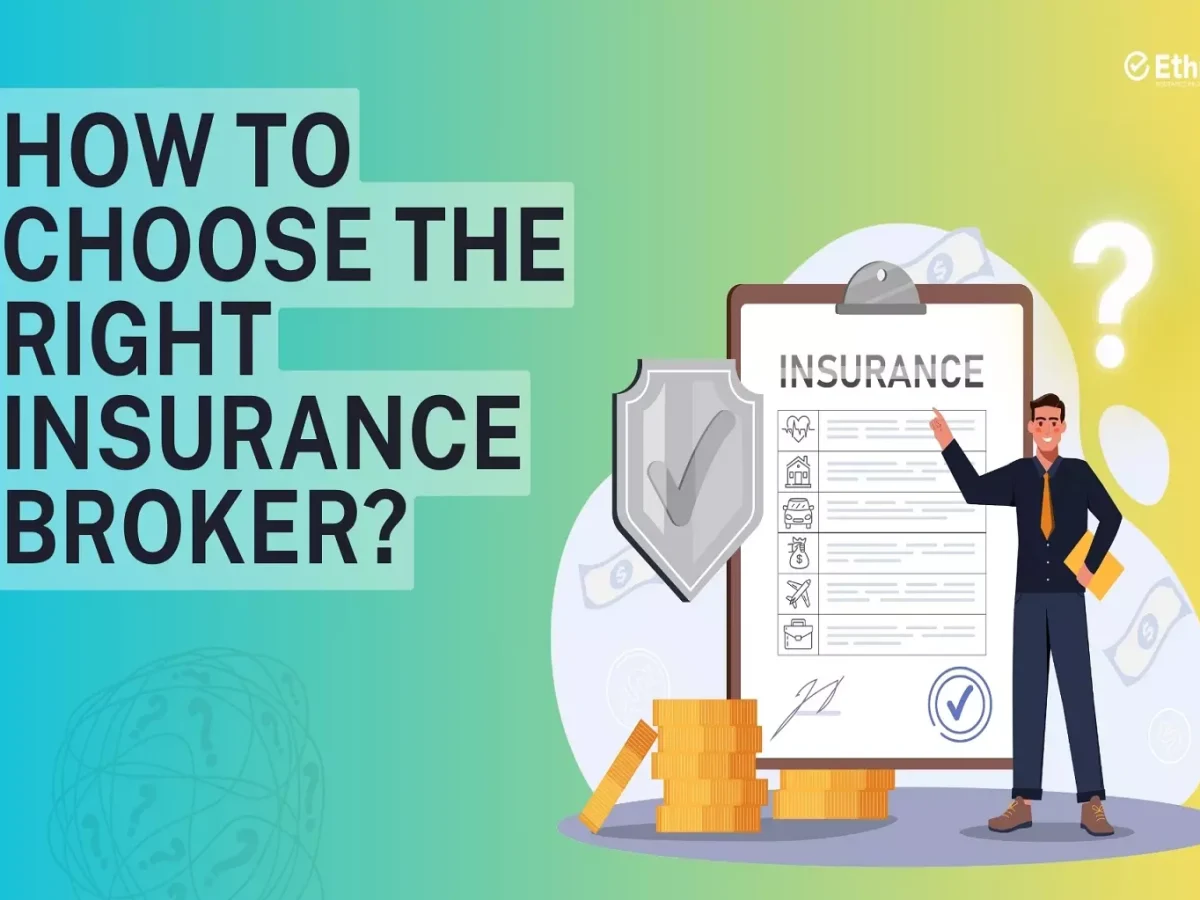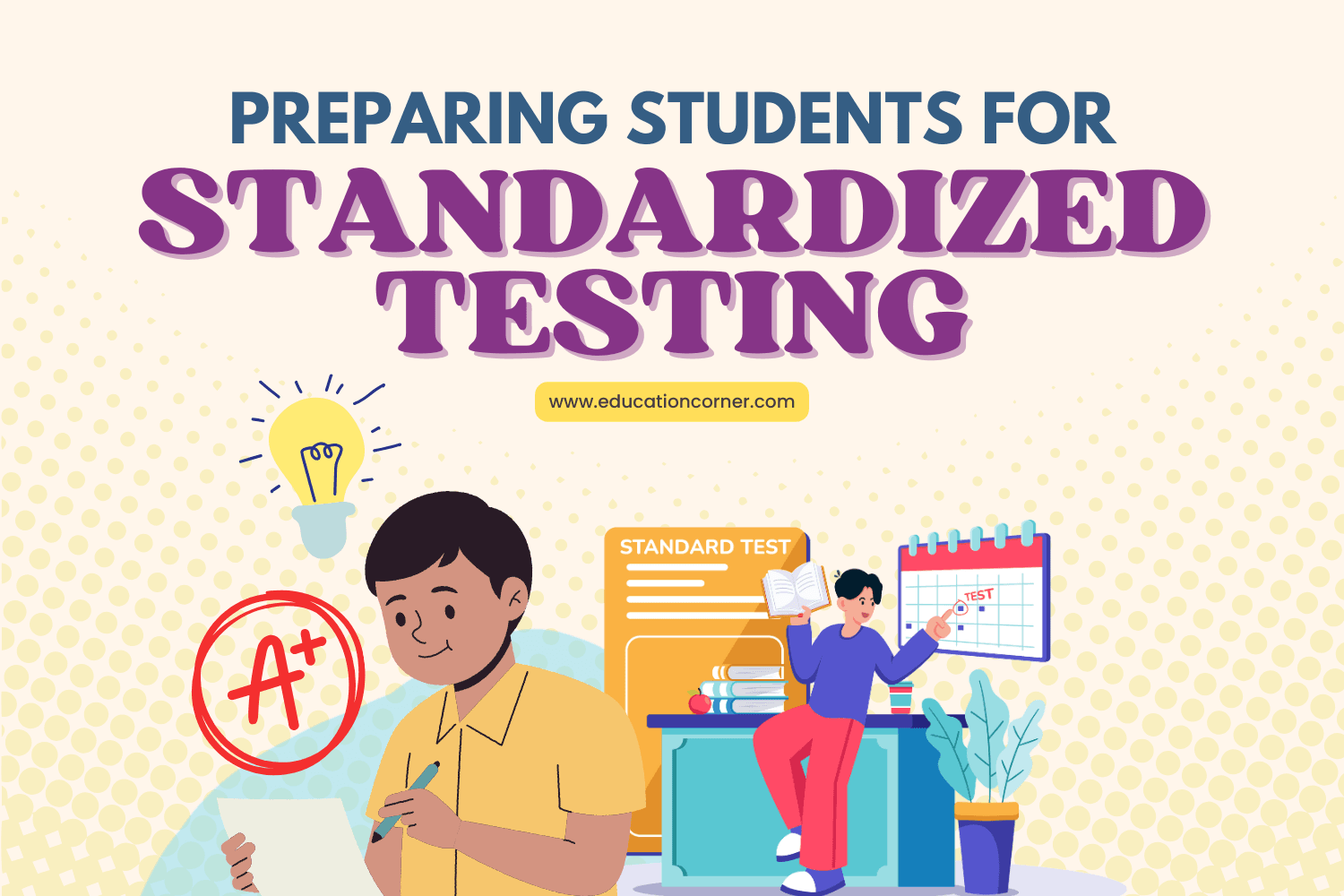Choosing the right insurance provider is a critical decision that affects your financial security and peace of mind. Whether you’re looking for health insurance, auto coverage, or homeowners insurance, selecting a reliable insurance provider can make a world of difference when it comes to both cost and service. In this guide, we’ll walk you through the best practices for making an informed decision about which insurance provider to go with in the USA.
Why Choosing the Right Insurance Provider Matters
Insurance is not just about having a policy—it’s about finding a provider that will be there for you when you need them most. A good insurance provider should offer strong customer service, competitive pricing, and coverage options that align with your specific needs. It’s not just about saving a few dollars on your premium; it’s about making sure you’re getting the best value for your money.
1. Understand Your Insurance Needs
Before you even start comparing different insurance providers, take a moment to assess your individual needs. Insurance needs vary greatly depending on your lifestyle, assets, and what you’re looking to protect. Whether it’s health, home, life, or auto insurance, understanding your specific needs is the first step toward selecting the right provider.
- Health Insurance: Are you looking for basic coverage, or do you need more extensive plans for family care, specialists, or medications?
- Auto Insurance: Do you drive often or own a high-value car? You might need more comprehensive protection.
- Homeowners Insurance: Are you looking for coverage for just your home, or do you need coverage for additional risks like floods, earthquakes, or theft?
2. Compare Policies and Coverage Options

Once you know what type of insurance you need, it’s time to compare different policies and coverage options. Not all insurance providers offer the same level of coverage, and some may specialize in specific areas.
- Coverage Limits: Look for policies that offer the coverage limits that make sense for your situation. You don’t want to be underinsured but also don’t want to pay for coverage you’ll never use.
- Add-ons and Riders: Some providers offer add-ons like roadside assistance, rental car coverage, or flood insurance. Consider these additional options if they meet your needs.
- Exclusions: Carefully review what is not covered by the policy. Understanding exclusions can help avoid unpleasant surprises later on.
3. Evaluate Financial Stability and Reputation
The financial stability of an insurance company is crucial. After all, you want to ensure they’ll be able to pay out claims when you need them to. Look for a provider with a strong financial rating from independent rating agencies like A.M. Best, Standard & Poor’s, or Moody’s.
- Claims History: Research how quickly and effectively a provider processes claims. Online reviews and customer feedback can give you insight into their reputation.
- Customer Satisfaction: Look for companies with high customer satisfaction ratings. You don’t want a provider that’s difficult to work with when it’s time to file a claim.
4. Get Multiple Quotes
It’s easy to get overwhelmed by the sheer number of insurance providers out there. That’s why it’s essential to shop around and get quotes from multiple companies. A single policy might vary greatly from one insurer to the next, so take the time to compare pricing and coverage options.
- Use Online Tools: Many websites allow you to compare insurance quotes from different providers in just a few minutes.
- Consult an Agent: If you’re unsure about which policy to choose, it may be worth working with an independent insurance agent who can help you navigate the options.
5. Assess Customer Service and Accessibility
When it comes to insurance, customer service matters. You’ll need to be able to contact your provider quickly if you have a question or need to file a claim. Look for providers that offer accessible customer service, whether it’s via phone, email, or online chat.
- 24/7 Availability: Some providers offer round-the-clock customer support, which can be particularly valuable in emergencies.
- Ease of Communication: Consider how easy it is to get in touch with an agent. Is their website user-friendly? Do they provide clear contact information?
6. Look for Discounts and Bundling Options
Many insurance providers offer discounts for various reasons, such as being a safe driver or maintaining a good credit score. Additionally, bundling multiple insurance policies (like home and auto) with the same provider can often lead to significant savings.
- Safe Driver Discounts: If you’ve had a clean driving record, some insurers may offer lower rates.
- Home and Auto Bundles: Many companies offer discounts when you purchase both auto and homeowners insurance from them.
- Group Discounts: Some employers or organizations offer group rates for health, life, or auto insurance. Check if you’re eligible for any of these deals.
7. Read the Fine Print
It’s easy to overlook the fine print when purchasing insurance, but this is where many of the most important details are hidden. Terms like deductibles, exclusions, and policy renewal conditions can make a huge difference in your overall satisfaction with your insurance provider.
- Deductibles: A higher deductible may lower your premium, but make sure it’s an amount you can comfortably pay out of pocket.
- Renewal Terms: Check the policy renewal terms. Some insurance companies might increase premiums after your policy renews, so make sure you’re aware of any potential hikes.
8. Consider Online vs. Traditional Insurers
There are two main types of insurance providers: traditional brick-and-mortar companies and online-only providers. Both have their pros and cons.
- Online Providers: Often offer lower rates and a streamlined application process, but you may not have in-person support if you need it.
- Traditional Providers: May offer more personalized service, but their premiums can sometimes be higher due to overhead costs.
Think about which type of provider suits your preferences and needs best.
9. Check for State-Specific Regulations and Laws

Insurance is regulated at the state level, so what works in one state might not be applicable in another. Before choosing an insurance provider, make sure they are licensed to operate in your state and that they comply with local laws and regulations.
- State Insurance Departments: Visit your state’s insurance department website for resources on finding licensed insurers and understanding local laws.
- State-Specific Coverage: Some types of insurance, like auto and homeowners, can vary in coverage based on state requirements, so make sure your policy aligns with local laws.
10. Review Your Policy Regularly
Once you’ve selected an insurance provider and purchased a policy, it’s not time to forget about it. Your circumstances and needs may change over time, so it’s important to review your insurance policy periodically.
- Annual Check-ups: Consider doing a review of your coverage annually to ensure it still meets your needs.
- Life Changes: Major life events like getting married, buying a home, or having a baby could require adjustments to your coverage.
Conclusion
Choosing the right insurance provider is a decision that requires careful thought and research. By understanding your needs, comparing different policies, evaluating financial stability, and looking for the best customer service, you can make a well-informed choice that provides you with peace of mind. Keep in mind that the cheapest option isn’t always the best—look for an insurance provider that gives you the most value for your money, and don’t forget to regularly review your coverage as your life evolves.
FAQs
1. How do I find reliable insurance providers?
Look for providers with strong financial ratings and positive customer reviews. Use comparison websites to explore multiple options and get recommendations from trusted sources.
2. Should I choose a cheaper insurance policy?
While cost is important, make sure the policy provides adequate coverage. Sometimes the cheapest option may leave you underinsured, which can be more costly in the long run.
3. How can I get discounts on my insurance?
Check for discounts based on your driving habits, bundling policies, or eligibility for group rates. Ask your insurance provider about available discounts.
4. What’s the best way to compare insurance quotes?
Use online comparison tools, or contact insurance agents for personalized quotes. Always compare not only premiums but also coverage options and exclusions.
5. How often should I review my insurance policy?
It’s a good idea to review your policy annually or after major life events, such as a move, marriage, or having children.










